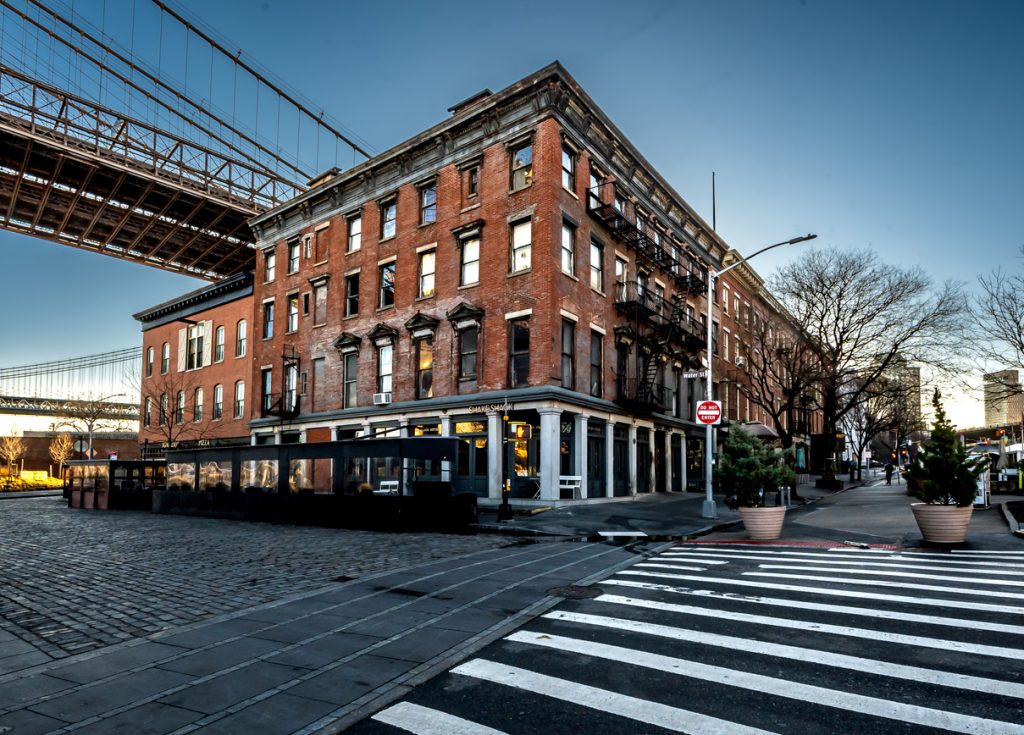- GMB listings with photos receive 42% more requests for directions.
- Adhering to Google’s recommended photo requirements ensures the best performance and scaling of photos.
- Use a variety of high-quality images on your Google My Business account, including interior and exterior shots of the business, pictures of staff, and photos of products you sell.
- Regularly adding photos signals to Google and potential customers that your business is active and relevant.
- Always rename images with the proper keywords before uploading them to Google.
- Encourage customers to share photos on GMB, but don’t be afraid to control the content when appropriate.
The saying goes, “A picture is worth a thousand words.” Or in the case of your Google My Business photos, a picture is worth, according to Google, around 42% more requests for driving directions and 35% more click-throughs on your website.
The Google search engine accounts for 87% of all searches worldwide. And an estimated 78% of local mobile searches lead to offline purchases. Needless to say, it’s more important than ever to be visible on Google and make the best impression when someone finds your GMB listing. Your Google My Business photos take on the brunt of this responsibility.
The opposite is also true. If your GMB account lacks images, it hurts. You’re essentially “dimming” the lights and reducing your visibility and marketability to users online.
Now that you know how important Google My Business photos are to your listing, you must add the right images, optimize them, and keep everything updated often to present your business in the best possible light. Easier said than done, we know. Luckily for you, we’ve put together our guide to Google My Business photos and how to best leverage them to benefit your business.
Get Verified
The first step in getting the most out of your Google My Business Photos is to ensure that your business listing is verified and you have control of your account. Follow the steps here to verify your Google My Business listing. Once verified, Google will give you clearance to upload photos, manage user-generated content, and add videos as well as edit listing information and reply to reviews and questions.
GMB Photo Requirements
All Google My Business photos posted to your listing should follow Google’s recommended photo requirements. Adhering to these guidelines ensures speedy load times and proper scaling. The last thing you want are poorly optimized images that negatively reflect your business.
- Format: JPG or PNG.
- Size: Between 10 KB and 5 MB.
- Recommended resolution: 720 X 720 pixels
- Minimum resolution: 250 X 250 pixels
- Quality: Photos should be in focus and well lit, and have no significant alterations or excessive use of filters. In other words, the image should represent reality.
Don’t let Google Decide the Image
By default, Google reserves the right to select which Google My Business photos show first on your listing, determined by how well the photo represents your business’s service or product. Other factors include the format, size, resolution, and quality of the picture.
Oftentimes it is a Google Street View of the outside of your business. If you’re lucky, the image will include your main sign or your storefront. Other times, the picture could be an unflattering angle, a wonky obstructed view, or even a completely wrong address. The algorithm can also select verified “local guide” images or photos from the general public and set them as your profile images. While Google is great, it’s not always accurate.
The best way to counter this is uploading Google My Business photos you believe best represent your business, products, and services. You essentially force the algorithm to select between Google My Business photos that you feel are attractive to customers and compelling in search results.
Use High Quality and Engaging Images
This may seem obvious, but it is something that a lot of businesses overlook. While you may want to add Google My Business photos as quickly as you can to draw in customers, if those images aren’t high quality or engaging, it won’t help you in the long run. Keep in mind that 67% of consumers say that the image quality of a product picture is crucial in selecting and purchasing products online.
Most small businesses will find that a photographer isn’t in the budget. Luckily, the latest smartphones all have exceptional camera quality. When capturing pictures of your business, products, and employees try to think of these Google My Business photos as an advertisement. You want to be sure the images are not only interesting but well lit and well-thought-out portrayals of your business.
As for the types of photos, Google has photo categories including inside and outside of your building, your products or service, at work, team, and identity. Google recommends at least three photos in each category, but statistics show that businesses with more GMB photos get more clicks, calls, and direction requests.
Be cautious about using stock images. Being genuine and trustworthy are some of a local businesses’ strongest assets. A real picture with a few flaws is better than a perfect picture that everyone knows isn’t real.
Regularly Add Images
Google is constantly tinkering with its algorithm, which means that you should expect constant change. Many people assume that uploading their Google My Business photos and information is a one and done deal. Unfortunately, the opposite is true because Google’s algorithm always favors business listings with fresh content and photo updates.
Once you add your base photos (three in each category), It’s a good habit to new photos every once a week. One or two recent images of your latest products, employees, or any changes should be considered shareworthy. Regularly updating your Google My Business photos is the best way to stay on top of the google algorithm and is an excellent way to grow your library of SEO optimized images.
Optimize Images for SEO
SEO sounds scary, but in this instance, it’s a very doable task that can yield noticeable website growth. It’s simple to ensure uploaded photos are search engine optimized; you should always rename each image with the proper keywords and tag them in the appropriate category before uploading it to Google. Don’t upload photos with generic/generated file names. Which name sounds more usable by search engines “IMG_5288” or “caramel macchiato with cream”?
Taking the time to optimize your Google My Business photos signals to Google algorithms that your business is relevant and active, which should help you rank higher than your competitors.
Moderate User Generated Content
Similar to Yelp, Google My Business allows customers to add photos to your business. Showing images from the owner and actual customers is done to let viewers of your page get a genuine impression of your business. Unfortunately, this practice does have downsides for business if customers upload unflattering photos or pictures unrelated to your business.
While you cannot outright delete customer images, you have the option to report it to Google and have them approve the deletion. It’s best to constantly check the pictures customers add to your Google My Business photos to make sure that mitigate negative outcomes and immediately take care of any problems, should they arise.
Final Thoughts
Maintaining a stable of Google My Business photos is not easy or fast, but it is definitely worth it. Images may be one of the most effective ways you can distinguish yourself from the competition. If you are willing to put the time and effort into your Google My Business photos, Google will reward you with improved search results and hopefully add you to the highly coveted after Google 3-Pack.
But why stop at optimizing your GMB? If you’re worried your website isn’t up to snuff, contact the experts at Redefine Marketing Group for more digital marketing, SEO, and web content help.





